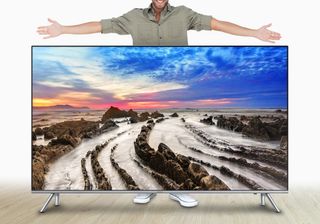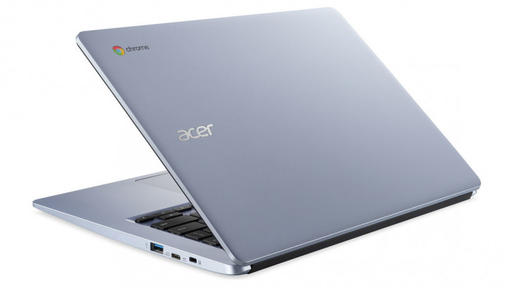It’s time to welcome a bigger TV into your home

In the world of technology, it’s an endless battle to make something either the smallest and thinnest, or the biggest. When it comes to TVs, we’ve been seeing a steady increase in their size. Gone are the days when a 32” TV would be more than enough – it won’t be long before the smallest screen size you’ll be able to buy is 45”.
A big screen TV means that you’re serious about your home entertainment. Wouldn’t you rather relax in your own home in front of a giant 4k TV screen than trudge down to the cinema? Some people think that construction companies will soon start to sell apartments with a 100-inch or larger TV installed on a wall.
TVs are getting bigger, and there is a distinct trend toward larger TVs in the global market. According to several research firms, the average TV size around the world has reached larger than 40-inches as of 2016. That is the biggest average TV size in the history of the market. By 2020, that number is expected to increase to the high forties. The trend is even clearer in some places, such as North America and China. In fact, the average TV size in those markets is expected to be close to 50-inches by then. A quarter of TVs sold in the global market last year were in this category, making up more than half of the total sales. Indeed, the big buck is going toward big screen TVs.
The best size of a Full HD (FHD) TV is calculated by multiplying 25 by the viewing distance. As for Ultra HD (UHD) TV, multiply by 39. For instance, if the viewing distance is 2 meters, a 78-inch UHD TV is the best choice.
Why should a UHD TV be 1.5 times bigger than a FHD TV? That’s because there is a big difference in resolution. A UHD TV has 8 times higher resolution than an HD TV, and 4 times that of a FHD TV. In other words, the number of pixels on an UHD TV is a lot higher than an HD or FHD TV. That is why TV viewers can enjoy clearer images with richer colors that look almost like a real image on a UHD TV without their eyes getting tired easily.
We’ve already established that the size of your TV is an important factor, but to display 4K HDR content at its best, it’s important to become familiar with the concept of color volume, and to look for a TV that offers 100% color volume. This standard measures two elements of the TV with three-dimensional space – the color gamut and the brightness level. The color gamut looks at the amount of colors that can be displayed physically. The peak brightness represents the display’s maximum brightness level. The larger the color gamut and the higher the brightness, the bigger the color volume of the TV.

Samsung’s new QLED TV combines quantum dot light and RGB color for 100 percent color volume expression—it’s the first TV to be validated as such by the world-class testing and certification association, Verband Deutscher Elektrotechniker (VDE). QLED is able to achieve 100% color volume and precise colors through the unique combination of quantum dot light and a pure RGB color filter. What this means for 4K HDR content is that Samsung QLED will display the content with absolutely precise color accuracy, and exactly as the content creator intended it to look.
Samsung has been in the large screen TV industry for a while now. Back in 2006 the company launched the 50-inch LCD TV, and sold the world’s first 70-inch LCD TV in 2007. According to market research firm NPD, 47.6 percent of 60-inch and larger TVs sold in in the U.S. during the first quarter was a Samsung product. Continuing with this progress, Samsung launched the world’s first 70-inch LCD TV and LCD display in 2007. At the time, the TV was about 59 million won (about USD 51,000)
The company has continued to launch a variety of big screen TV products this year, including the recently launched 82-inch 2017 UHD TV, after introducing 49, 55, 65, and 75 inch models previously. Samsung plans to launch an 88-inch Q9 QLED TV, a model that will lead the big screen market.
It’s an unavoidable fact – larger TVs are here to stay, and with plenty of options to choose from, consumers are literally spoilt for choice. There’s no going back to your regular smaller TVs after you’ve watched a 4k movie on a 60” screen, so trust us – it’s an investment that’s absolutely worth making.


Comments
Post a Comment